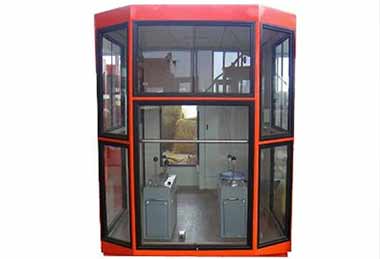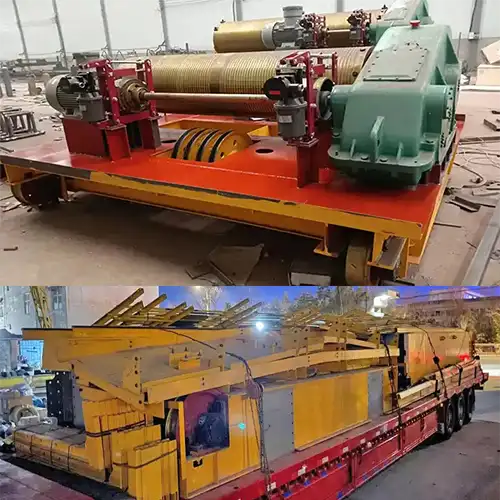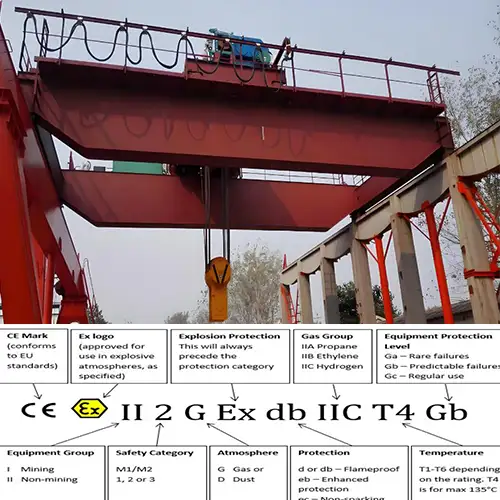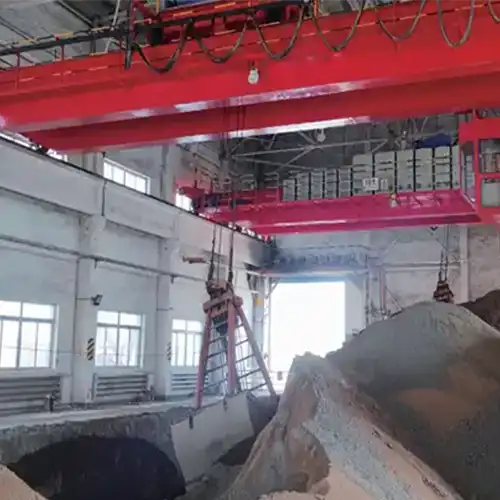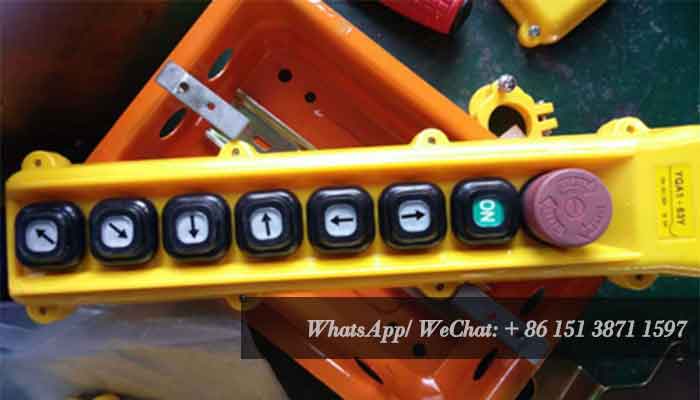
How Wireless Controls Enhance Safety of Crane Operations
Wireless remote control is one of the vital crane parts for overhead crane, gantry crane and jib crane. Wireless remote controls are fast replacing traditional crane controls all over. Although industrial purists may argue that traditional controls provide them greater control over the machinery and are easier to operate, when it comes to operational safety and security, wireless control is the way to go. Let's take a quick look at the concept and see what wireless radio controls can do in the realm of crane operations.
Cranes and its operations
There were only two types of controls for operating the crane until radio controls were invented: wired pendant controls and bridge located cabin operated. Both had its advantages and disadvantages, but wireless controls efficiently addressed their disadvantages.
Cabin controls are quite effective in operations, however they usually require more than one operator. For rigging and positioning the weight, one person in charge of the crane requires assistance on the ground. Furthermore, most operations necessitate the presence of a second relay person who will spot the activities and provide verbal or visual directions.
The majority of these issues were resolved thanks to the wired pendant and crane controls. On the work floor, the operator was physically near the load. By having a direct line of sight, he was able to position the load alone, removing the necessity for the relay person. It did, however, come with a new disadvantage. It was necessary for the crane operator to follow the crane's movement across the factory floor. As a result, the danger of tripping and falling rose, posing a hazard. As a result, the crane had to move more cautiously and slowly, slowing down operations and diminishing their efficacy and safety.
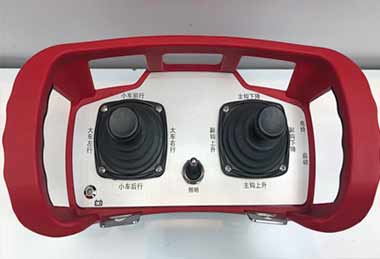
Wireless remote crane control for overhead crane
What do wireless controls bring in?
The introduction of wireless remote controllers addressed both of the above shortcomings of traditional devices. To begin with, the operator is positioned on the floor and can conduct the rig and positioning tasks without the assistance of a spotter. It also gives the operator better sight because he or she can place the controls on the best possible floor location to watch the crane's functioning.
Wireless crane controls also allow the operator to come in closer to the weight after it is safely positioned, increasing control precision. In the event of hazardous weights, the operator can also step away from them and supervise activities from a safe distance. To summarize, wireless controls allow the operator to move freely around the load and eliminate the requirement for him to move with it. However, there is a specified fall zone where the operator must remain outside. As a result, when it comes to crane operations, it increases workplace safety.
How do wireless controls minimize the operator's risks?
When working with bigger loads and cranes, there is always the risk of the materials falling on the operator unless he or she is appropriately positioned at a safe distance from the heavy weight. Other factors that increase the risk of operating a crane include the following.
- Mechanical failure is a term used to describe when something fails mechanically.
- The operator's incompetence
- Slips and trips are a hazard.
- Reduced visibility between the operator and the load.
- The operator is located inside the designated area.
The wireless remote controls allow the operator to move around freely, ensuring that he is never in risk of falling. This flexibility also improves the line of sight and visibility. Any potential risk or dangerous prospect is thus detected ahead of time, allowing team members to warn the crew and prevent it from happening.
How does it reduce human incompetence?
As previously said, human incompetence manifests itself in the form of manual errors, which frequently result in dangerous situations. The wireless controllers are really helpful in this aspect. First and foremost, we must ensure that the operators have received adequate training and certification to handle the gear and its wireless controls. By ensuring that the operator's abilities are up to par, the risk of an operational vulnerability in the process is reduced.
- The current controls, which include wireless remote capabilities, are integrated with safety features that improve the operator's capability. This adds an extra degree of security, reducing the risk of malfunctions during operation, which could lead to disastrous incidents. The following are some of the built-in features that improve operating controls.
- Machine stop switch that is easily accessible.
- Interlocking keys
- Functions of supervision
- Random operational faults are avoided thanks to ergonomic design.
- Improved feedback and tactile vibrations, as well as LED indicators.
Inside factories and warehouses, crane control has always been one of the most common and regular procedures. Warehouse machinery has always been focused on improving simplicity of use and operational safety. Cranes that previously relied on traditional control techniques now have the same capability thanks to wireless controls. It has improved the way crane operators operate with cranes and increased their efficiency while also increasing their safety.
